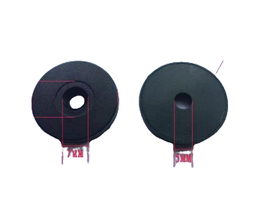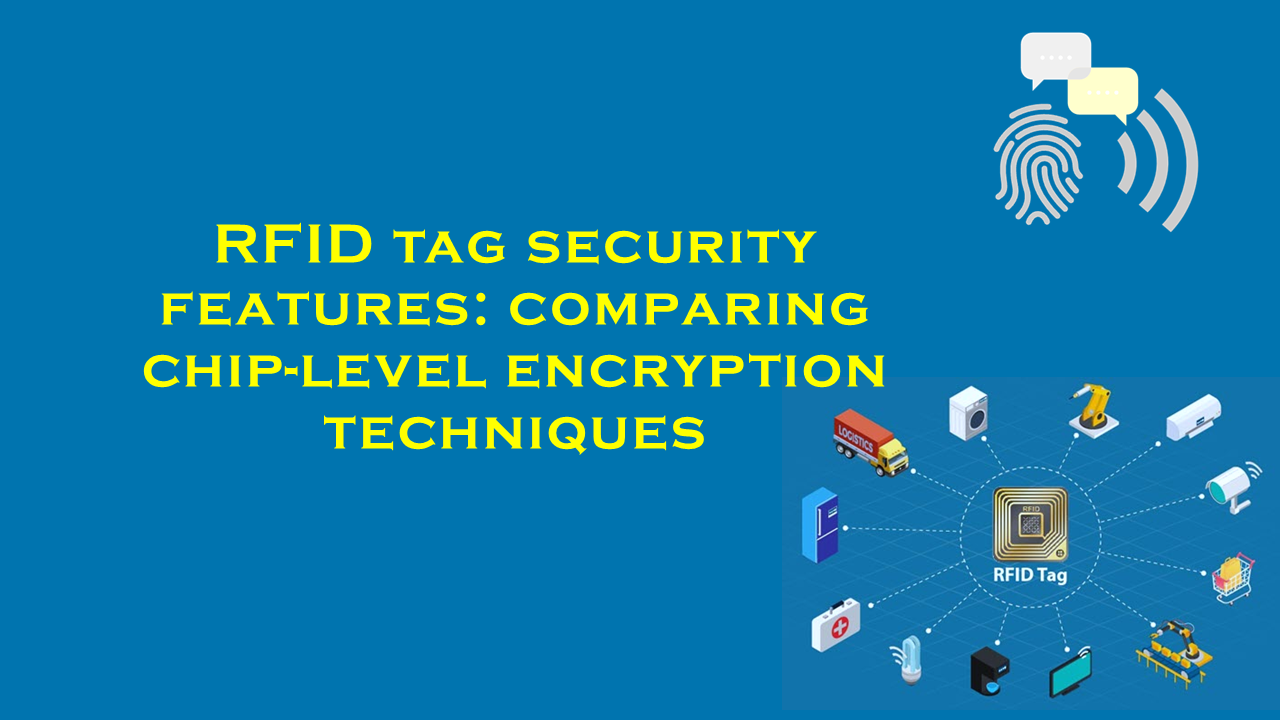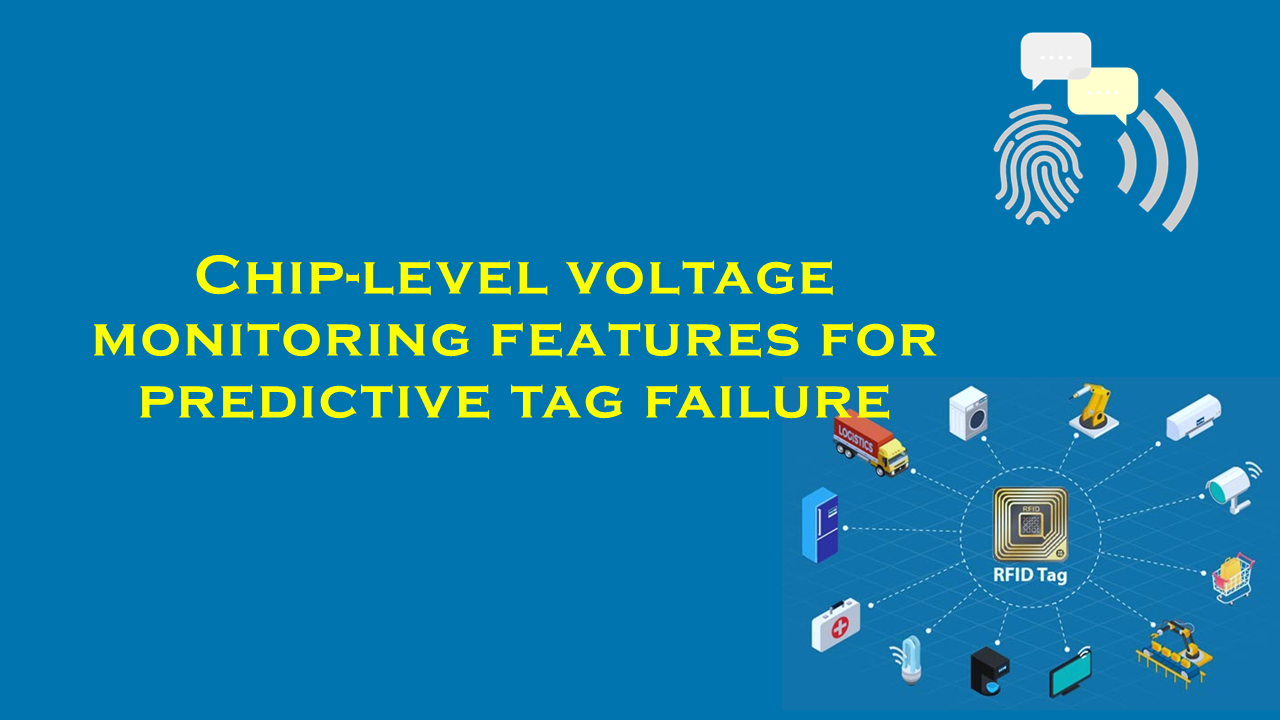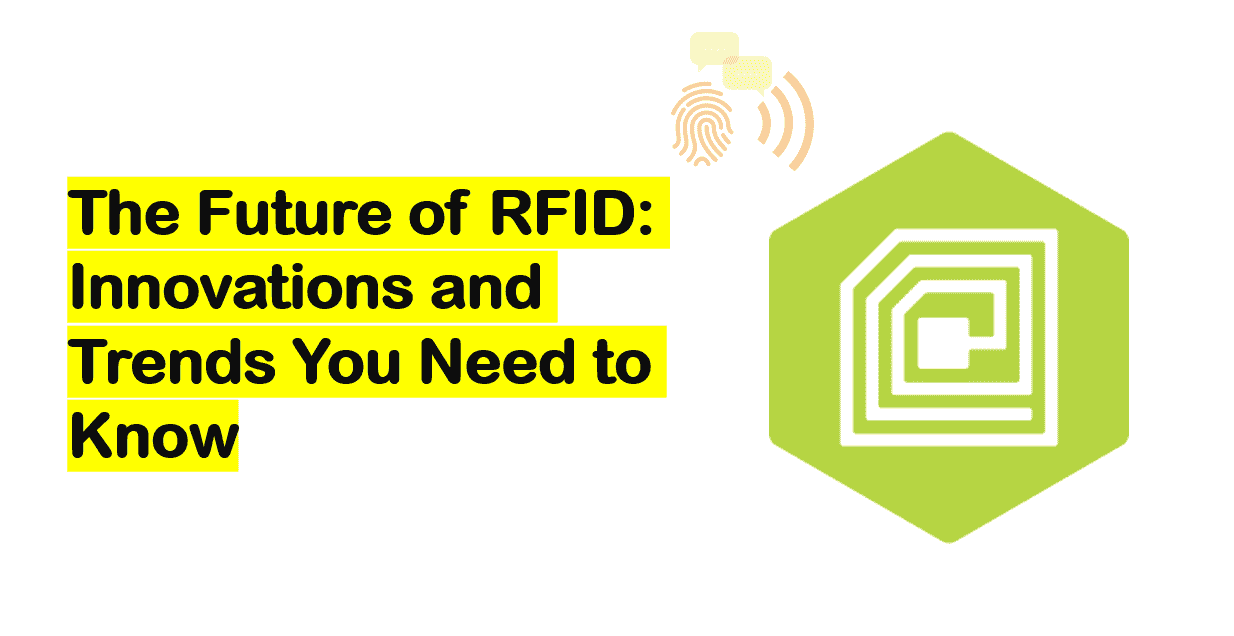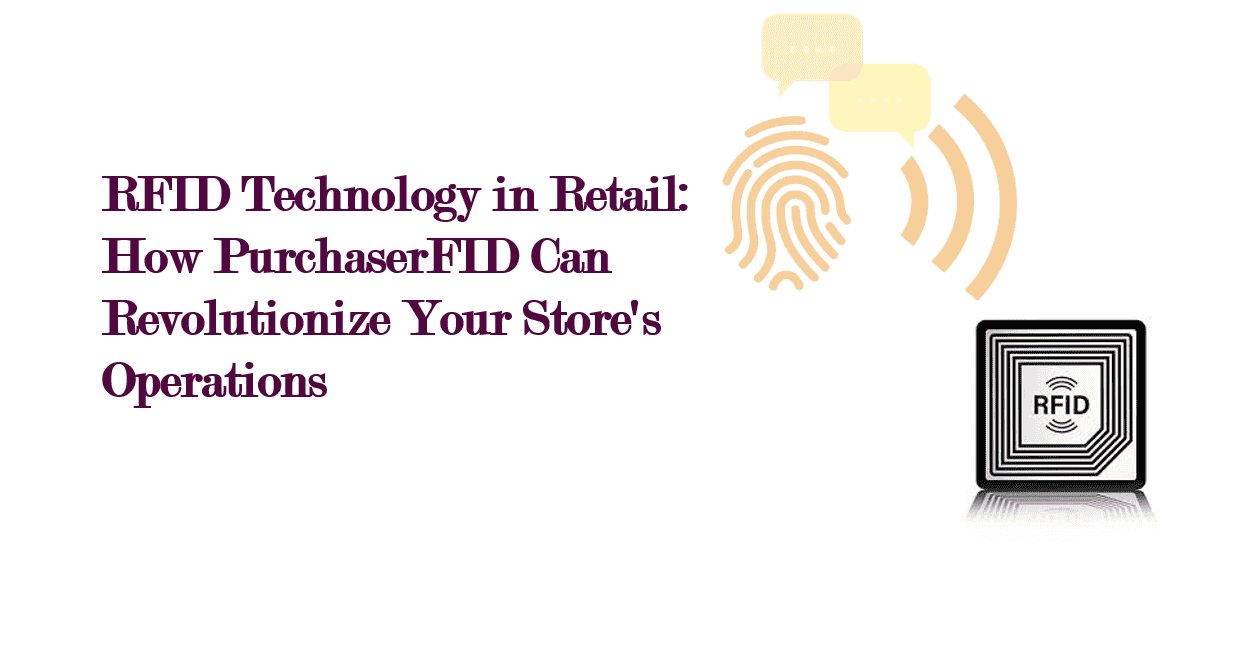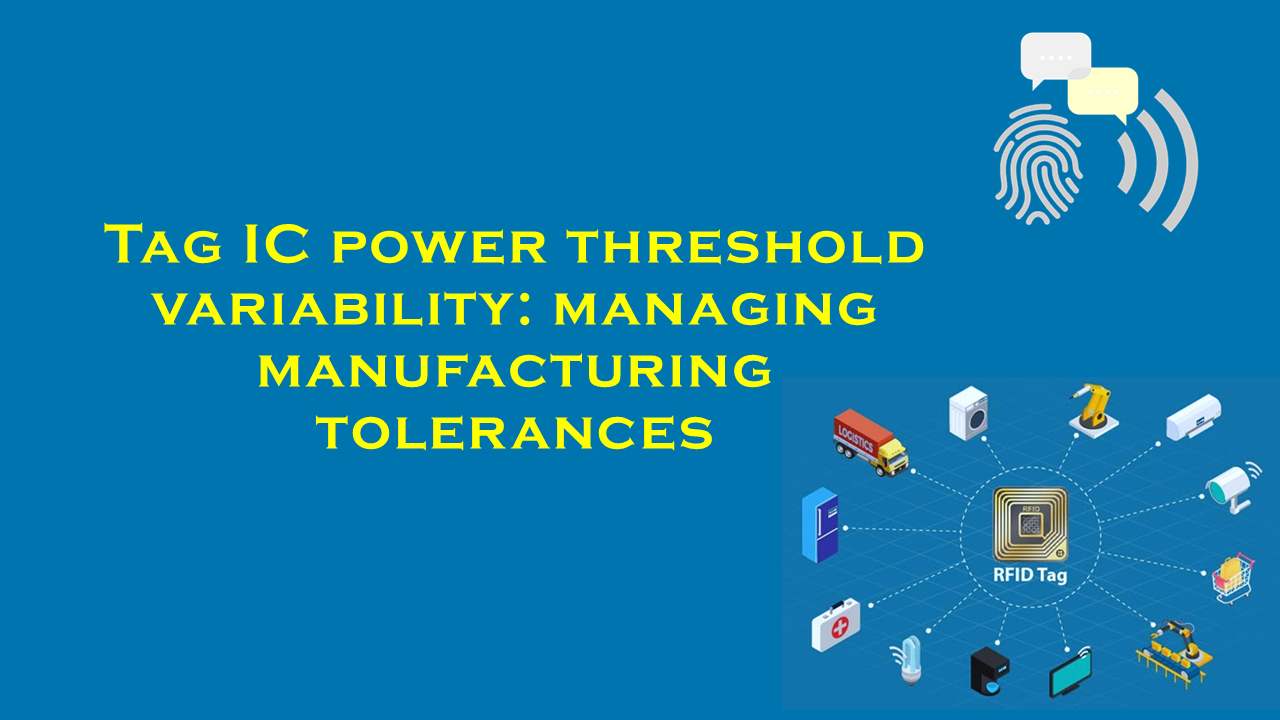QR code vs RFID in e-commerce fulfillment centers
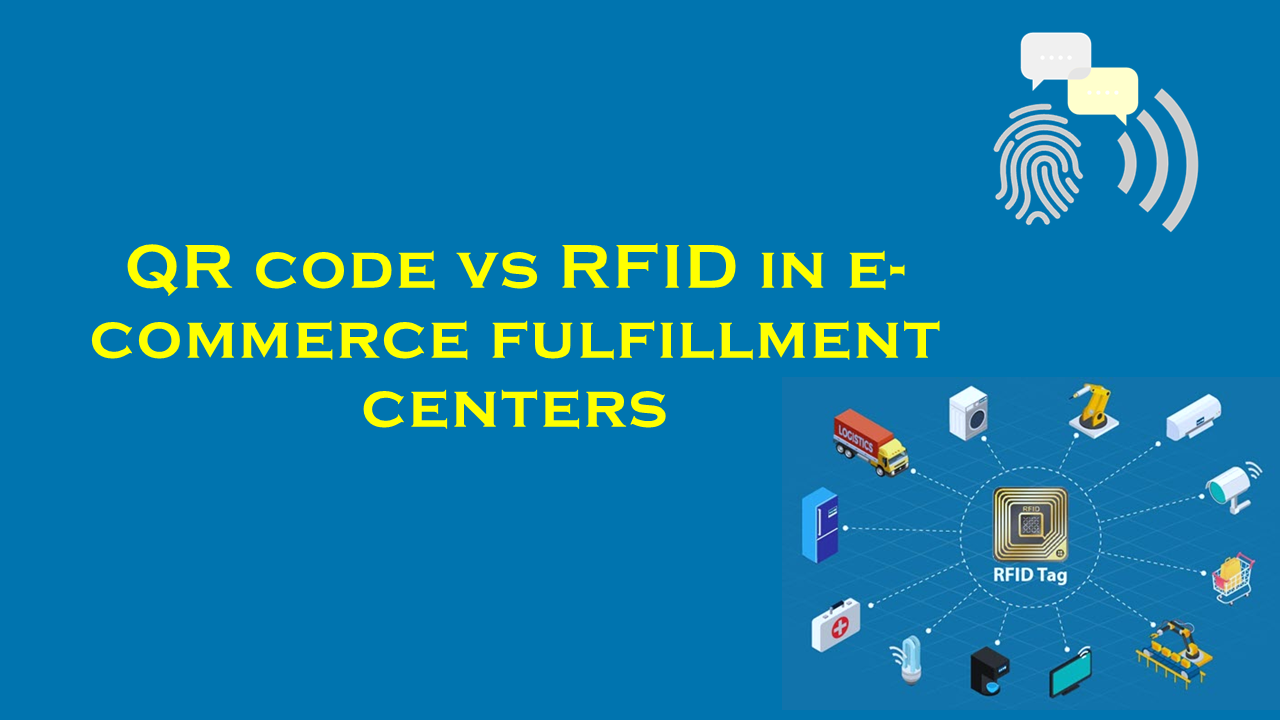
QR Code vs. RFID in E-Commerce Fulfillment Centers: A Comprehensive Analysis
The rapid growth of e-commerce has transformed the logistics and supply chain industry, placing immense pressure on fulfillment centers to optimize accuracy, speed, and scalability. Two technologies at the forefront of this revolution are QR codes and Radio-Frequency Identification (RFID). While both aim to streamline inventory management and order fulfillment, they differ significantly in functionality, cost, and application. This article explores the strengths and limitations of QR codes and RFID in e-commerce fulfillment environments, supported by industry statistics and insights. Additionally, we highlight PurchaserFID.com, a leading supplier of RFID solutions for modern warehouses.
Understanding QR Codes and RFID
QR Codes: The Versatile 2D Barcode
QR (Quick Response) codes are two-dimensional barcodes that store data in a grid of black-and-white squares. When scanned by a camera-enabled device, such as a smartphone or dedicated scanner, QR codes transmit information like product IDs, URLs, or tracking numbers.
Advantages:
- Low Cost: QR codes are inexpensive to print and require no specialized hardware for scanning.
- Ease of Use: Most mobile devices can scan QR codes, simplifying integration into existing workflows.
- Flexibility: They can store up to 3 KB of data, including URLs for real-time updates.
Limitations:
- Line-of-Sight Requirement: Scanners must physically see the code, slowing down bulk operations.
- Durability: Printed codes can degrade, smudge, or become unreadable over time.
- Limited Automation: Manual scanning interrupts workflow efficiency in large-scale facilities.
RFID: The Wireless Tracking Powerhouse
RFID uses electromagnetic fields to automatically identify and track tags attached to objects. These tags contain electronically stored data transmitted to RFID readers via radio waves. Passive RFID tags (no battery) are common in logistics due to their affordability, while active tags (battery-powered) offer longer read ranges.
Advantages:
- No Line-of-Sight Needed: Items can be scanned en masse through packaging, walls, or boxes.
- Speed and Scalability: RFID readers process hundreds of tags per second, ideal for high-volume operations.
- Durability: Tags withstand harsh environments, including extreme temperatures and moisture.
Limitations:
- Higher Initial Cost: RFID infrastructure (readers, antennas, tags) requires significant investment.
- Interference Risks: Metallic or liquid-rich environments can disrupt signals.
- Data Complexity: Managing large volumes of RFID-generated data demands robust IT systems.
Key Applications in E-Commerce Fulfillment
1. Inventory Management
- QR Codes: Workers scan individual items during receipt or picking, ideal for small-scale warehouses. However, manual processes increase labor costs and error rates (up to 5% in manual systems, per DC Velocity).
- RFID: Enables real-time, bulk inventory counts. Retailers like Zara reduced stock discrepancies by 60% after adopting RFID, according to Retail Dive.
2. Order Picking and Sorting
- QR Codes: Require manual alignment for each scan, leading to bottlenecks. Workers in QR-dependent facilities pick 60–80 items per hour on average (Supply Chain Dive).
- RFID: Automated systems scan entire pallets instantly. Amazon reported a 30% increase in picking speed post-RFID adoption, alongside a 55% drop in mispicks (McKinsey).
3. Shipping and Returns
- QR Codes: Printed on labels for tracking but lack real-time visibility. Lost shipments cost e-commerce firms $4.76 billion annually (Statista).
- RFID: Track items from warehouse to doorstep, minimizing losses. Brands like Macy’s cut return processing time by 70% using RFID (RFID Journal).
Statistical Comparison
- Market Growth: The global RFID market is projected to reach $35.6 billion by 2030, growing at a CAGR of 13.3%, driven by e-commerce demand (Grand View Research). QR code adoption surged during COVID-19, with 83% of retailers now using them for payments and tracking (Juniper Research).
- Accuracy: RFID achieves 99.9% inventory accuracy vs. 95% for QR/barcode systems (RAIN RFID Alliance).
- Cost: QR codes cost <$0.01 per label, while passive RFID tags average $0.10–$0.20 each (ABI Research). However, RFID reduces labor expenses by up to 40% (Forbes).
PurchaserFID.com: Leading the RFID Revolution
In the competitive landscape of e-commerce fulfillment, PurchaserFID.com stands out as a premier supplier of RFID solutions tailored for high-performance warehouses. The company specializes in cost-effective, UHF RFID tags and readers that integrate seamlessly with existing warehouse management systems (WMS).
Key Offerings:
- Durable RFID Tags: Engineered for harsh warehouse conditions, including moisture and abrasion resistance.
- Long-Range Readers: Capture data from up to 10 meters, enabling bulk scanning of pallets and containers.
- Analytics Software: Provides real-time insights into inventory levels, asset locations, and workflow bottlenecks.
A case study with a leading U.S. e-commerce retailer revealed that PurchaserFID.com’s RFID systems reduced inventory counting time from 48 hours to just 15 minutes while achieving 99.8% accuracy. The firm also supports hybrid solutions, combining RFID for bulk operations with QR codes for customer-facing interactions like returns.
Choosing the Right Technology
The decision between QR codes and RFID hinges on factors such as budget, scale, and operational needs:
- QR Codes: Best for small businesses or low-volume centers prioritizing simplicity and low upfront costs.
- RFID: Essential for enterprises requiring automation, real-time visibility, and rapid scalability.
PurchaserFID.com bridges this gap by offering modular RFID systems that align with evolving business needs. Their expertise in “RFID-as-a-Service” models allows even mid-sized warehouses to adopt the technology without prohibitive investments.
Conclusion
While QR codes remain a practical tool for simple tracking tasks, RFID is revolutionizing e-commerce fulfillment with unparalleled speed and automation. As the industry gravitates toward hyper-automation, suppliers like PurchaserFID.com are critical enablers, delivering cutting-edge solutions that empower warehouses to meet the demands of modern e-commerce. By strategically adopting RFID or hybrid systems, fulfillment centers can unlock new efficiencies, reduce costs, and stay ahead in the competitive $6.3 trillion global e-commerce market (eMarketer).
For businesses ready to transform their operations, partnering with PurchaserFID.com ensures access to industry-leading RFID technology backed by proven results.


